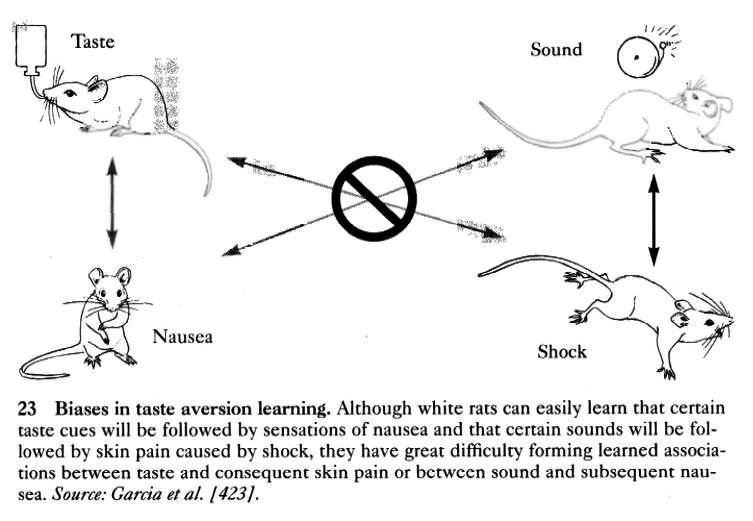
The Promise of Taste Biofeedback
The pioneering studies on conditioned taste aversion are often attributed to Garcia et al. (1966). By 1993, over 2000 scholarly articles, and dozens of monographs and symposia volumes, have been published in this field (Bures, 1993). Of particular interest in the present context are four key findings (Bernstein, 1991):

Now, the situation here is far from being identical to the situation of bruxers. Nonetheless, these findings raise the intriguing possibility that unlearned, instinctive flavor aversion can serve in turn as a powerfully aversive, readily associable, stimulus in sleeping humans. Known therapeutic practices lend additional support to this last possibility. Thus, the childhood syndrome of finger sucking, especially when it persists after the permanent teeth begin to erupt, besides being unsightly and unsanitary, can cause severe orthodontic problems, speech defects, psychological problems, and deformation of fingers (Josell 1995). A home remedy of hot sauce or vinegar painted on the finger is a long-standing preventive practice, and commercial solutions containing denatonium benzoate or sucrose octaacetate are also available (U.S. Pat. No. 5,474,093).
REFERENCES
Bernstein, I. L. Flavor aversion. In Getchell et al., (eds.). Smell and Taste in Health and Disease. 1991. New York: Raven Press.
Bures, J. Neural mechanisms of conditioned taste aversion revealed by functional ablation procedures. 1993. In: Jurihara, K., Suzuki, N., and Ogawa, H. (eds). Olfaction and Taste. Tokyo: Springer-Verlag.
Chambers, K. C., and Bernstein, I. L. Conditioned flavor aversions. 1995. In Doty, R. L. Handbook of Olfaction and Gustation, Chapter 33, pp. 745-73. New York: Marcel Dekker.
Garcia, J., Ervin, F. R, and Koelling, R. A. Learning with prolonged delay of reinforcement. 1966. Psychonomic Science 5: 121-2.
Josell, S. D. Habits affecting dental and maxillofacial growth and development. 1995. Dental Clinics of North America, 39 (4): 851-60.